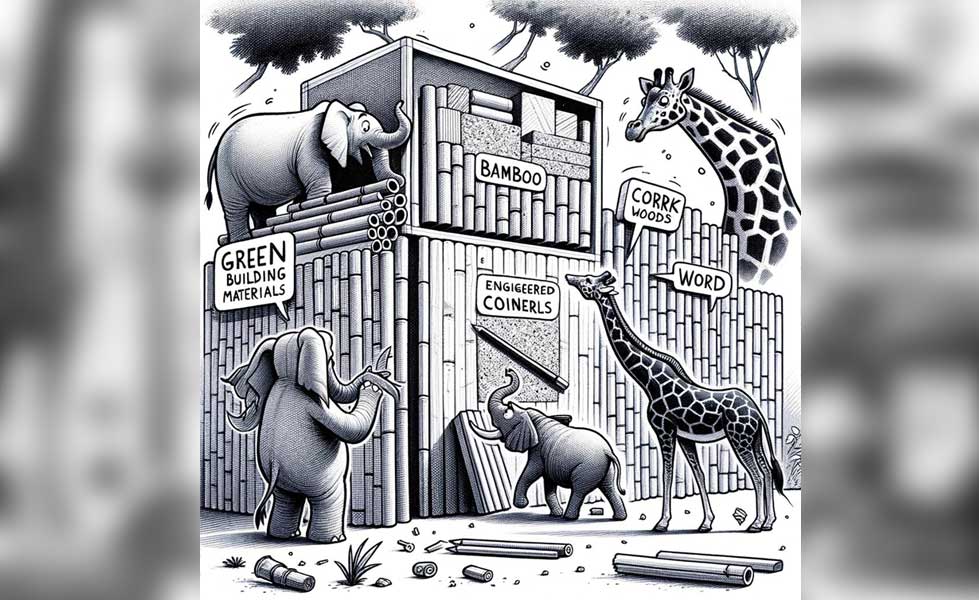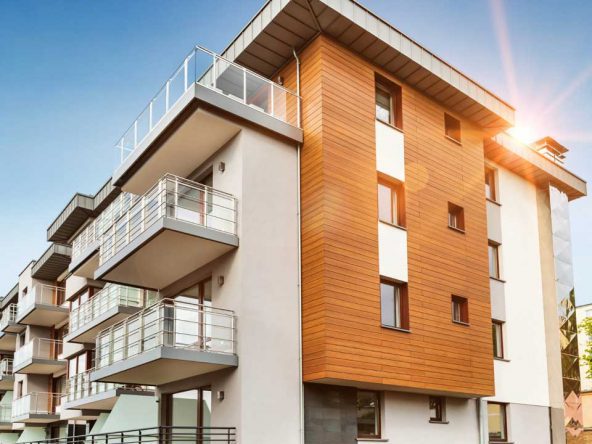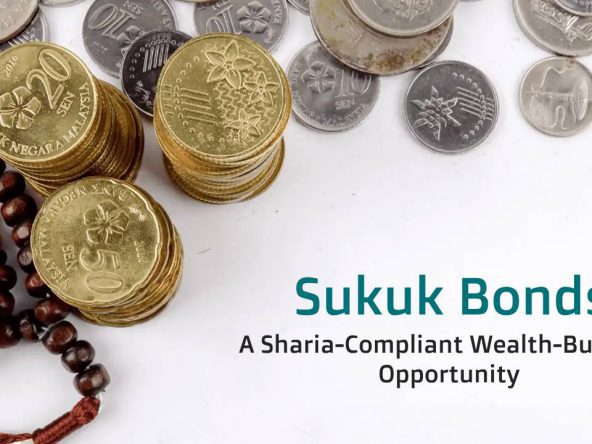Within Kenya’s construction evolution lies the growing adoption of green building materials, marking a transformative approach to sustainable development. This shift is not merely a trend but a necessity, driven by the global urgency to reduce environmental footprints and embrace renewable resources. Green building materials in Kenya are becoming synonymous with sustainable construction, offering a pathway to eco-friendly and energy-efficient building practices. As the country progresses, understanding these materials, their functions, environmental benefits, and the surrounding legislative framework becomes paramount in promoting sustainable urban development.
What are Green Building Materials?
Green building materials in Kenya encompass resources that are sustainable, renewable, and have minimal negative environmental impacts. These materials range from bamboo, known for its rapid regrowth, to recycled products like engineered wood, which repurposes waste. The essence of green materials lies in their ability to harmonise with the environment, reducing the depletion of natural resources.
They represent a conscientious choice, steering the construction industry towards more responsible practices that align with the global sustainability agenda. Their adoption in Kenya signifies a shift towards eco-conscious construction, marrying traditional knowledge with modern innovation to create structures that are both sustainable and culturally resonant.
How They Work
Green building materials function as the cornerstone of sustainable construction, serving various roles from structural elements to insulation solutions. In Kenya, materials like bamboo and engineered wood provide robust, renewable alternatives for building frameworks, while insulating materials like cork offer natural temperature regulation. These materials are pivotal in creating energy-efficient buildings, reducing the need for artificial heating and cooling. The adoption of solar reflective tiles and low-VOC paints further illustrates how these materials work in tandem to enhance environmental sustainability and energy efficiency, reducing buildings’ carbon footprints and promoting healthier living environments.
Why They’re Green
The ‘green’ aspect of these materials stems from their ecological, economic, and health benefits. They contribute to environmental conservation by reducing waste, lowering greenhouse gas emissions, and diminishing the reliance on non-renewable resources. Green building materials in Kenya are instrumental in mitigating the adverse effects of urbanisation, such as heat islands and water runoff, through solutions like pervious concrete and green roofs. Their use not only fosters a sustainable built environment but also aligns with global environmental goals, making them a crucial component of Kenya’s green construction narrative.
Legislative Framework
The Kenyan government’s commitment to sustainable construction is reflected in its legislative framework, which encourages the use of green building materials. Laws such as the Environmental Management and Coordination Act (EMCA) 1999 advocate for sustainable resource use and energy efficiency. These regulations underscore the importance of adopting construction practices that are environmentally responsible and sustainable. The legislation provides a solid foundation for integrating green materials into Kenya’s construction sector, encouraging stakeholders to prioritise sustainability in their projects.
Pros and Cons
While green building materials offer significant environmental and economic benefits, they come with their own set of challenges. On the positive side, they contribute to reduced environmental degradation and promote energy savings, leading to lower long-term operational costs. However, the initial cost of these materials can be higher than traditional options, posing a barrier to widespread adoption. Additionally, the availability and technical knowledge required for their application can be limiting factors. Balancing these pros and cons is essential for the successful integration of green materials in Kenya’s construction industry.
Solutions and Recommendations
To overcome the challenges associated with green building materials, a multifaceted approach is needed. Education and awareness campaigns can help demystify these materials, highlighting their benefits and promoting wider acceptance. Financial incentives from the government, such as subsidies or tax relief, could reduce the cost barriers associated with green materials. Technical training programs would equip professionals with the skills necessary to effectively use these materials. Strengthening the supply chain for green materials within Kenya can also ensure their availability and affordability, fostering a more sustainable construction industry.
Conclusion
Kenya stands at a pivotal point in its construction journey, with green building materials representing a key element of its sustainable development path. The integration of these materials is not just about constructing buildings but building a future that is environmentally sustainable, economically viable, and socially responsible. As Kenya continues to navigate this green transition, the collective efforts of government, industry, and communities will be crucial in realizing the full potential of green building materials for a sustainable architectural legacy.Top of Form
Disclaimer:
Please note that the information provided in this article is for general informational purposes only and should not be construed as legal advice. It is always advisable to consult with a qualified legal professional to discuss your specific circumstances and obtain tailored legal counsel.





